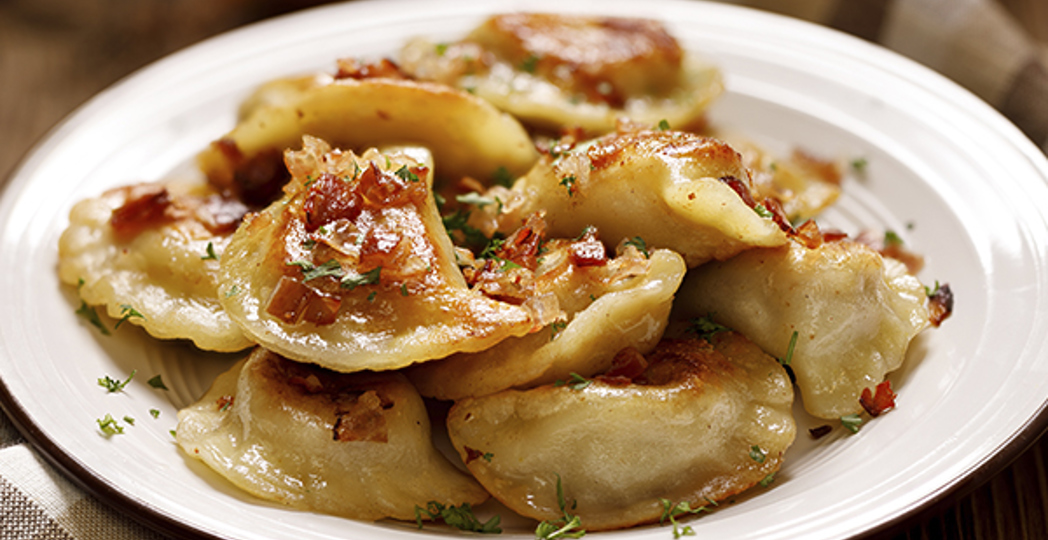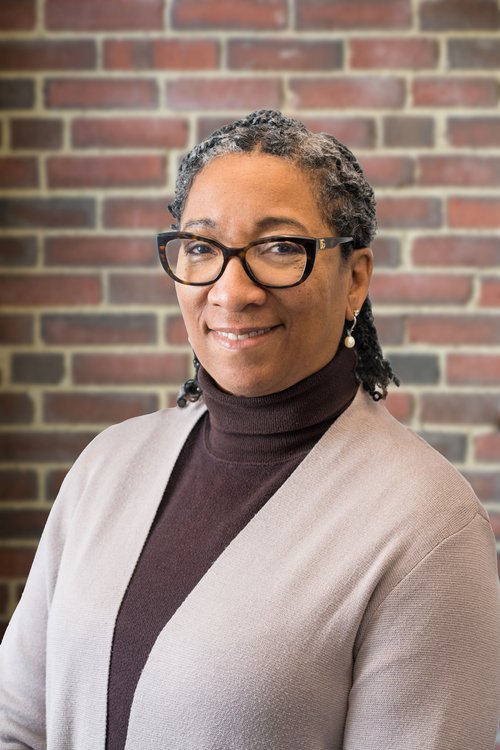NEO Biz: A Requiem for Cleveland's Restaurants
by Terry Troy | Feb. 1, 2021 | 5:00 AM

When the final tally of business failures caused by the COVID-19 pandemic is taken, restaurants will likely lead the way. Among those, the smaller, individually owned restaurants will number the most. They are the same restaurants that built the reputation of Cleveland as a foodie town.
Born of dreams and inspired by a love of food, these daring entrepreneurs and culinary artists often opened on shoe-string budgets, thinking their skills in the kitchen would carry them to the top.
They were right, but unfortunately, their skills were no match for the appetite of a global pandemic.
The National Restaurant Association now estimates that more than 110,000 restaurants nationwide have closed permanently — and that number is growing by the day. Nearly 90% of full-service restaurants reported revenue declines of 36% on average, the trade group says. It is estimated that at least one in six restaurants have shuttered their doors long term or permanently — numbers that the Ohio Restaurant Association (ORA) does not dispute.
“At the beginning of 2020, we finished off our 100th year celebration as an organization,” says Homa Moheimani, spokesperson for the ORA. “We were excited because the industry was thriving. It was what we were calling the ‘Golden Age of Restaurants.’
“We had $25.6 billion in annual sales, 585,000 employees and were the second largest industry in Ohio, with more than 23,000 locations,” she adds. “Fast forward to the first lockdown. At some point, more than 50% of restaurants were completely shut down, at least during the lockdown.”
Behind all of the data, there are real people, families, friends and loved ones. Many of whom are now suffering.
“So, there is a story behind every closed door, and it is usually heartbreaking,” says Moheimani. “Obviously, we have a lot of mom-and-pop owners.”
The impact on our local travel and tourism is staggering. While Destination Cleveland does not collect data relative to the individual industries that make up travel and tourism as a whole, “anecdotally, we hear from our restaurant partners and restaurant industry associations that the pandemic has and will continue to be devastating to the industry,” says David Gilbert, president and CEO of Destination Cleveland. “The Ohio Restaurant Association released research this past fall that indicates 58% of restaurants in Ohio could close by this spring under current conditions. Food is a part of the travel experience.”
“Cleveland’s restaurant scene was a highlight for the nearly 20 million people who visited Cleveland every year. With everything from James Beard Award-winning, chef-driven restaurants to only-in-Cleveland spots like Slyman’s and Seti’s Polish Boy food truck, visitors could find the foods they enjoy or try something new on every visit to Cleveland.”
Organic Beginnings
“Our food scene is a little different than the food scenes in other cities — we developed a lot more organically,” says Michael Deemer, executive vice president of business development for the Downtown Cleveland Alliance.
When Cleveland began its most recent ascendency, many chain restaurants were asked to set up shop in our city in the early ’90s, but instead declined the invitation based on the national perception that Cleveland was in an economic downturn.
That opened the door in the late ’90s for culinary entrepreneurs and small independents who created a unique independent food environment not seen in many cities. The food scene grew almost explosively in downtown, as well as neighborhoods such as Ohio City, Tremont and Little Italy.
Unfortunately, the casualty list today reads like a who’s who of the restaurant industry; great culinary artists and owners, some of whom had been in the business for decades. Others creating recipes that garnered national recognition.
Even Michael Symon, one of the city’s most famous culinary artists, was not immune to the business ravages caused by the COVID-19 pandemic, closing his flagship Lola Bistro, as well as his B-Spot restaurants in Crocker Park and Strongsville.
Fortunately, Mabel’s BBQ and B-Spot Eton are remaining open, at least for now. The closures represented a tough decision based on economic realities for business survival for Symon’s Restaurant Group.
Other notable closures include: XO Prime Steaks in the Warehouse District; Tastebuds, one of the first victims; Carrie Cerino’s in North Royalton; the 100th Bomb Group by the airport; Willoughby Brewing Co. and Sokolowski’s University Inn in Tremont.
The latter was a third-generation family eatery that had survived for nearly 100 years. Its menu included items like pierogi and stuffed cabbage, which were representational of Greater Cleveland’s ethnic food and cultural heritage. The loss of such classic restaurants is tragic. One can only hope that the new dining establishments that come in the months ahead can have such impact.
While the restaurant closures paint a bleak picture, there have been survivors that are adapting to an ever-changing culinary environment that includes government regulations and restrictions.
“Here’s the story, and you’ll hear it repeated 1,000 times: The pandemic has negatively impacted the restaurant business, but a part of it is also the shifting sands of regulations that have come with the pandemic,” says Laurie L. Torres, owner of Mallorca, which has been a fixture on West 9th Street for 25 years. “Another part of it is the vilification of restaurants. If people want to gather, they are going to gather. You just need to provide a place for them where you make it safe to gather — a place that is regulated and clean. We are regulated, clean and follow regulations to allow for social distancing.”
While Mallorca has invested heavily to be compliant with government regulations, Torres estimates her business is now doing only 30% of what it did prior to the pandemic.
“We have actually had days where we had only $200 and $300 in sales,” she says. “It’s been very painful. I’m now faced with the decision of whether or not to close for a few months and let my employees collect unemployment.”
Others in the industry are also adapting to a new reality.
“We have spaced indoor and outdoor seating. As a result, I have limited seats … just do the math. Unfortunately, less volume means less employees. One has to be efficient to make the model work,” says Zack Bruell, award-winning chef and owner of L’Albatros Brasserie, Parallax Restaurant and Lounge and Zack Bruell Events. He’s also a consulting chef at Table 45.
“We had perfect summer weather, and the business succeeded. But, I knew I would be giving that back when the weather changed. The goal throughout this has been to break even,” he says. “The mindset is completely different,” he says.
Trending
-
1
-
2
-
3
-
4
-
5










